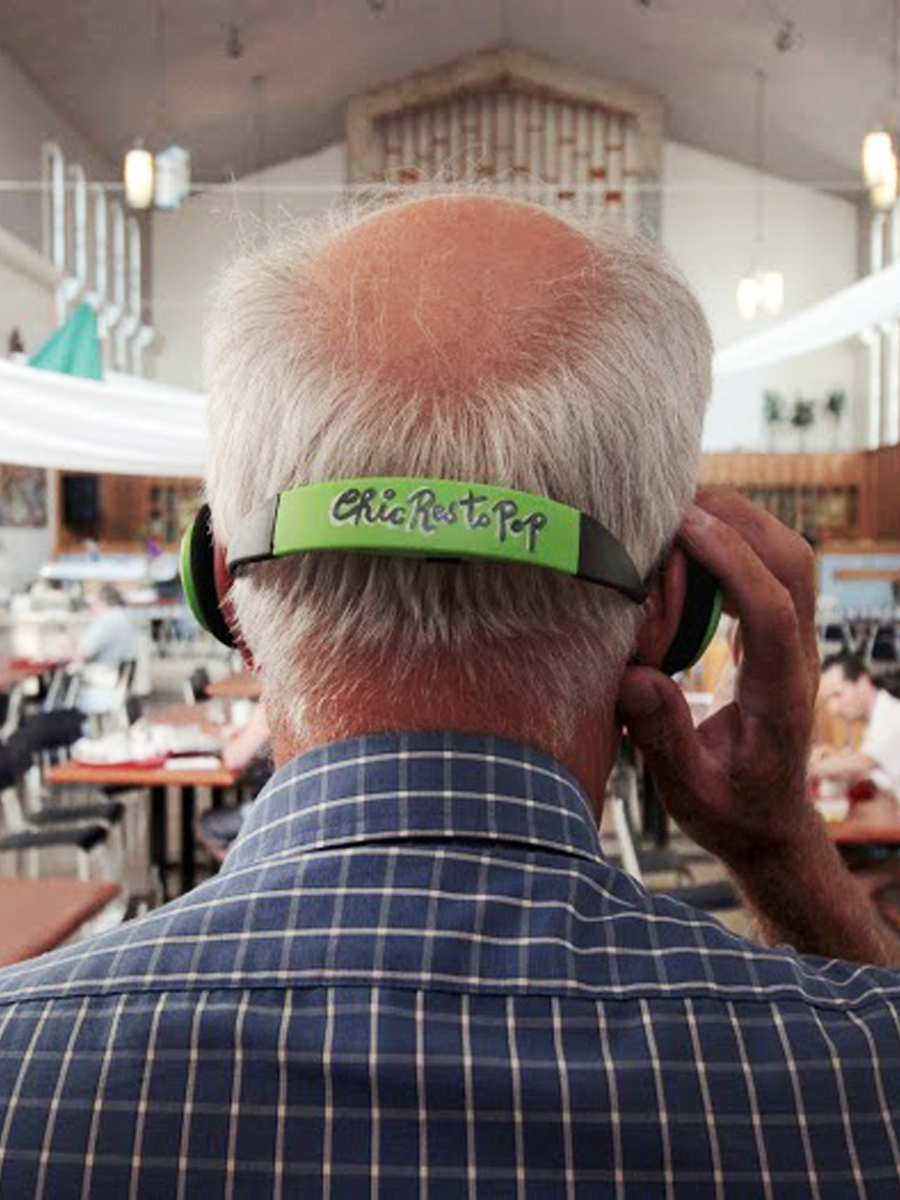Mapping the growing capacity of climate smart food in urban environments
DOI :
https://doi.org/10.15353/cfs-rcea.v4i2.242Mots-clés :
climate smart food, urban agriculture, climate smart agriculture, GIS, constraint mappingRésumé
The practice of urban agriculture (UA) is a unique food system model that localizes the production of sustainable, geographically appropriate food. The environmental benefits inherent in UA aligns with the emerging field of climate smart agriculture (CSA). However, the agro-industry focus of CSA is beyond the scope of most UA initiatives. Instead, we put forward the term “climate smart food” as a more appropriate framework to examine the environmental impact of food production in an urban context. The purpose of this study, rooted in the recognition of underutilized private urban land resources for UA, is to assess the potential of urban land to grow climate smart food. The Bowness neighbourhood in Calgary, Alberta is used as a case study. A geospatial process of constraint mapping was applied to analyze suitable private land space that could be converted from lawns to cultivated gardens. Using data from a local food cooperative as a benchmark for local urban production capacity, it was determined that six urban farms in Calgary produced roughly 8,200 pounds of food from private gardens in 2016. In the Bowness neighbourhood, 42 percent of the land was held as private turf grass, and produced only about 800 pounds of food. This type of analysis serves to quantify the magnitude of underutilized land within an urban boundary that could produce significant amounts of climate smart food.
Téléchargements
Publié-e
Comment citer
Numéro
Rubrique
Licence
Les auteurs qui publient avec cette revue acceptent les conditions suivantes: Les auteurs conservent les droits d'auteur et accordent à la revue le droit de première publication avec l'œuvre sous licence simultanée Creative Commons qui permet à d'autres de partager l'œuvre avec une reconnaissance de la paternité de l'œuvre et de la publication initiale dans cette revue. Les œuvres publiées dans RCÉA/CFS avant et incluant le vol. 8, n° 3 (2021) sont sous licence Creative Commons CC BY. Les œuvres publiées dans le vol. 8, n ° 4 (2021) et après est sous licence Creative Commons CC BY-SA. Les auteurs peuvent conclure des accords contractuels supplémentaires séparés pour la distribution non-exclusive de la version publiée de l'ouvrage par la revue (par exemple, l'ajouter à un dépôt institutionnel ou le publier dans un livre), avec une reconnaissance de sa publication initiale dans ce journal. Les auteurs sont autorisés et encouragés à publier leurs travaux en ligne (par exemple, dans des dépôts institutionnels ou sur leur site Web) avant et pendant le processus de soumission, car cela peut conduire à des échanges productifs, ainsi qu'à une citation plus précoce et plus importante des travaux publiés. (En savoir plus sur le libre accès.)





